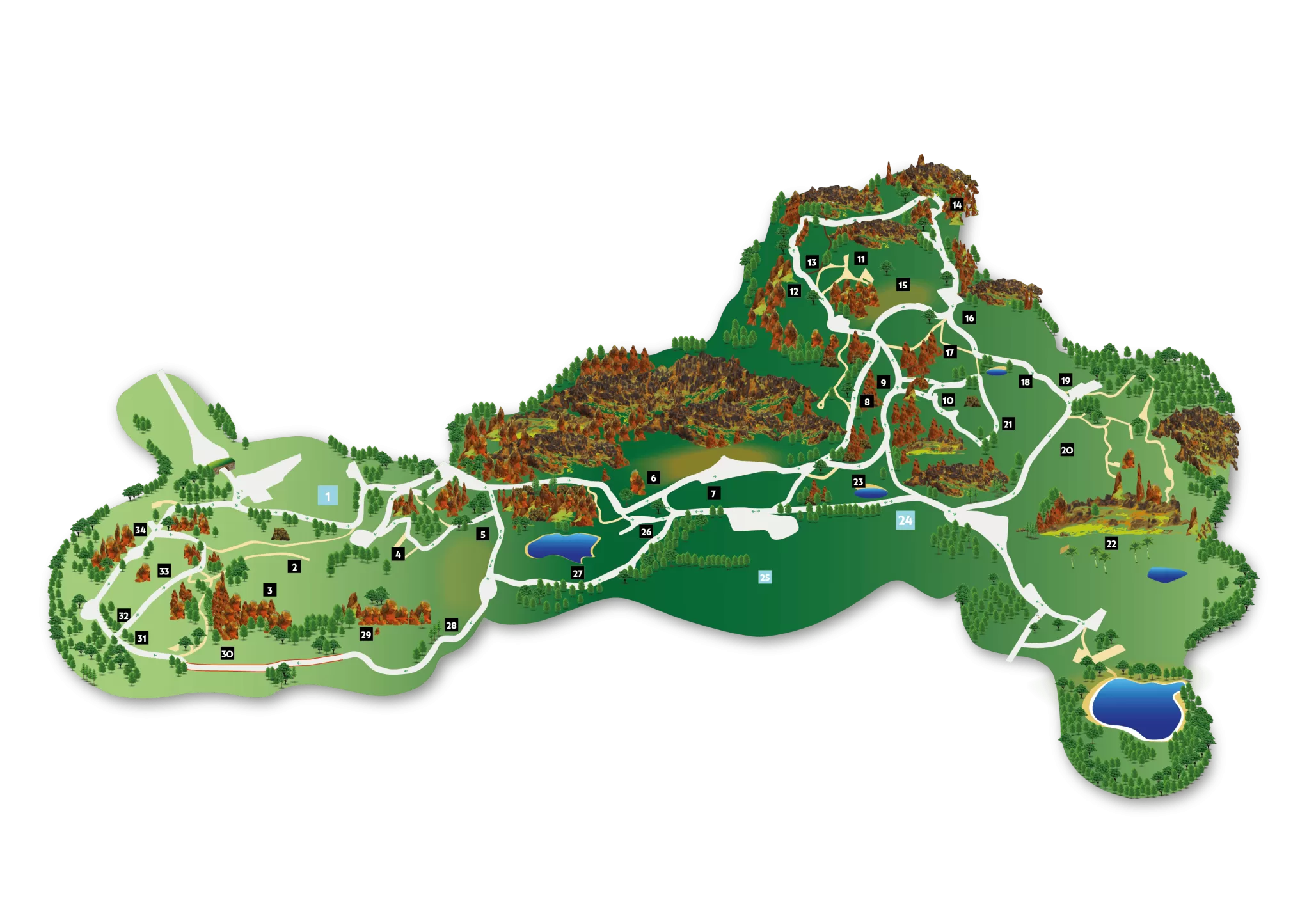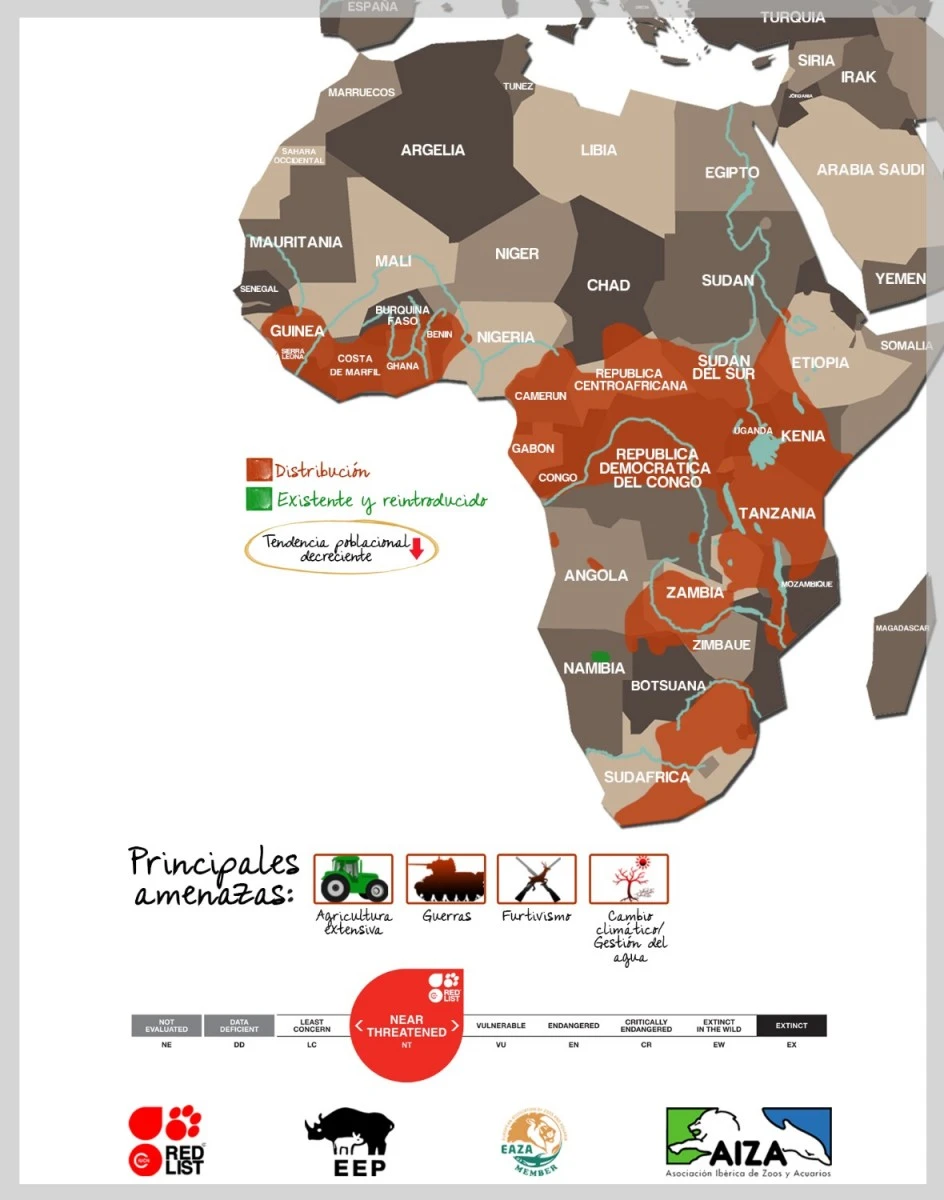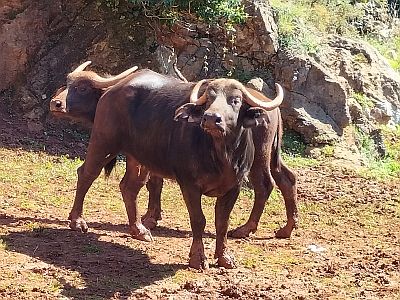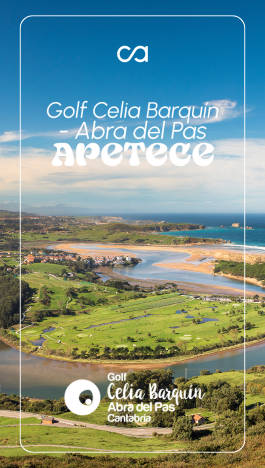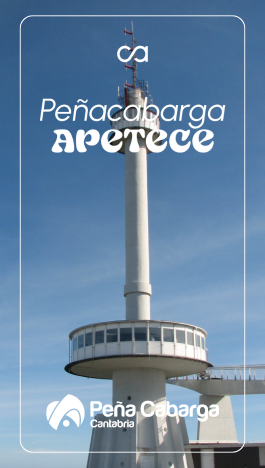
Also called the Cape buffalo, it dominates the vast savannas and forests of sub-Saharan Africa, especially in the east of the continent.
With a robust body, covered in dark fur, and thick horns that in males can reach up to a meter in separation, this large herbivore is synonymous with resistance and power. Appearing tranquil, but when feeling threatened, it is capable of charging at a speed of up to 57 km/h (about 35 mph), making it a dangerous adversary.
Despite its strength, it is not completely free from threats. Lions and Nile crocodiles are the only predators capable of challenging an adult, while leopards and hyenas stalk the young that stray too far from the herd. This does not happen very often given their high instinct for protection and care of the herd.
They dedicate most of the day to feeding and can drink up to 40 liters of water in a day, essential for their survival in the arid African plains. Although their eyesight is not the best, their keen hearing and extraordinary sense of smell allow them to orient themselves easily and detect danger before it’s too late.
They silently roam their territory, but when the rutting season arrives, their grunts echo through the savanna, marking the beginning of a struggle for hierarchical superiority.
This species arrived at Cabárceno as a breeding group in August 2022, as part of the EEP program for the conservation of threatened species.

